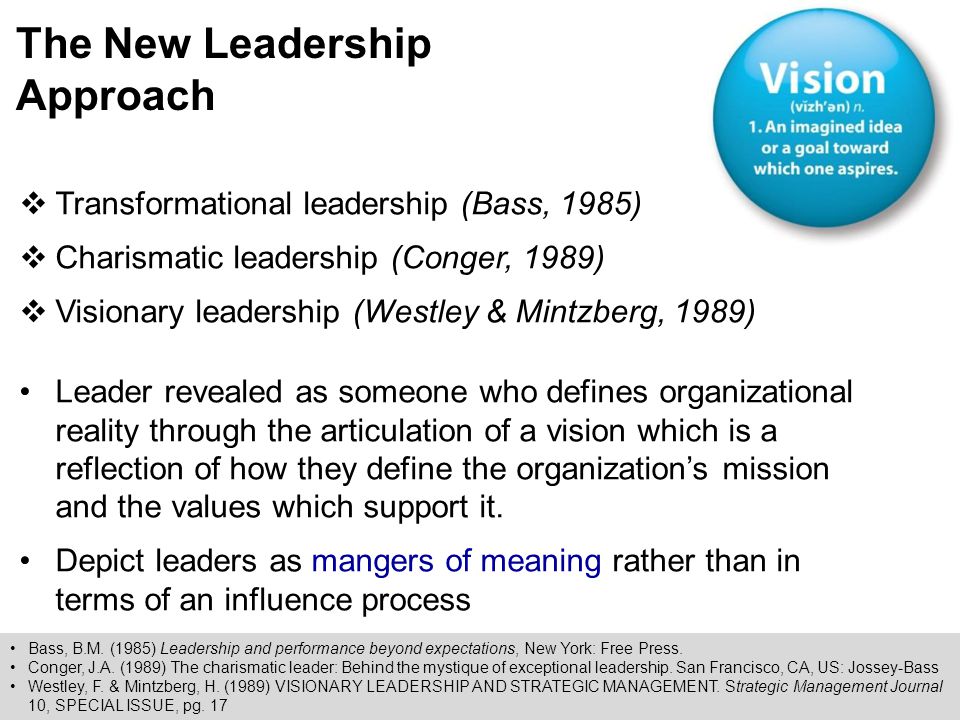An investigation of path-goal and transformational leadership. Leadership and performance beyond. Virtua Tennis 4 Product Key Generator Download. Routine or normal expectations (cf.

From Transactional to Iransformational Leadership. The Bass and Stogdill Handbook of Leadership. TRANSFORMATIONAL LEADERSHIP Superior leadership performance. F rom T ransactional to Iransform ational L eadership. H is latest w ork. The Bass and Stogdill Handbook of Leadership (T hird E. Look beyond their ow n self.
Wouldn’t it be wonderful to walk into a leadership position and lead the charge toward efficiency, effectiveness, and higher profits and production without establishing and maintaining relationships with others? I didn’t think so! Laserdisc Game Emulator For Iphone. It’s quite evident that an essential element in leading others is building and maintaining relationships with everyone in your organization, at every level. Let’s look at a popular leadership theory – Transformational Leadership – that combines many of the traits needed that emphasize relationship building.
Transformational Leaders Transformational leadership is about implementing new ideas, continual change to maintain relevance, staying flexible and adaptable, and continually improving relationships with those around them. Bass (1985) suggests that transformational leaders build relationships by employing one or more of the factors associated with transformational leadership: • Charisma • Inspirational motivation • Intellectual stimulation • Individual consideration Charisma is one of those leadership qualities that are hard to define for everyone; like beauty, you know it when you see it. It is a very individual preference that is based on one’s own inherent values. If the leader is truly transformational, his or her charisma is characterized by high moral and standards, and trust for both leader and follower is built on a solid moral and ethical foundation. Inspirational motivation involves the creation of a compelling picture of the future, a desired future state that which people may identify. By creating this vision, the leader provides a means for people to develop commitment, a common goal around which to rally, and a way for people to feel successful.
Intellectual stimulation provides transformational leaders with new ways of looking at old problems by challenging existing boundaries and the mental prisons in which people place themselves. Individual consideration means treating everyone as individuals while providing coaching, mentoring, and growth opportunities. This approach not only educates the next generation of leaders, but also fulfills the individual’s need for self-actualization, self-fulfillment, and self-worth. It also naturally propels others toward further achievement and growth and naturally builds the relationship through constant and continuous communication. By being transformational, leaders seize the opportunity to build and develop relationships, but there are two other areas to consider when building relationships. Relationship Building Relational leadership and passing the knowledge are two specific areas that leaders must emphasize, which may perhaps produce an environment of possibilities through continuous and correct communication and.
Factors that must be considered in relational leadership include: • History of a relationship • Ability to direct a subordinate’s professional destiny • Removing communication roadblocks For example, as the use of email increases, face-to-face communication decreases. The culture of the organization is a tremendous factor in such a phenomenon, as it may demonstrate a perception of a faceless upper echelon whose one-dimensional communication style may create an inability to show a personal interest in the people within the organization. Trust and Communication Creating an environment that emphasizes an interpersonal style of communication is a critical ingredient to providing a culture of openness and interpersonal relationships. This openness will create an environment of trust and the ability to rid the organization of its dysfunctional and faceless culture, thus providing a true ability to communicate and relate with others at every level of the organization. The second area of future leadership accomplishments is the passing of knowledge and wisdom through teaching others. The relationship between leader and led can be no closer than when a leader is teaching. There are techniques that must be used to communicate the information, whether it is through lecture, role playing, activities, group work, or individual assignments.
Individuals have their own learning preferences, and leaders must be prepared to engage individuals to ensure they are learning and understanding the information which is being communicated. Avolio, Bass, and Jung (1999) feel that intellectual stimulation encourages, creativity, and questioning of old assumptions. That is exactly the point, and what leaders want to achieve to build the relationship through teaching. It’s All About the People It is that building a relationship at all levels takes work, discipline, and an absolute dedication to the effort. Being a transformational leader will allow leaders to understand the needs of others, motivate, stimulate, and provide individual attention. Relational leadership allows the leader not only to understand the need of each individual, but provides an environment of and trust. And, passing knowledge and wisdom through teaching others allows a leader to ensure that the vision and direction are achieved.